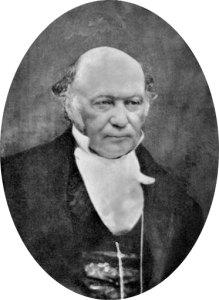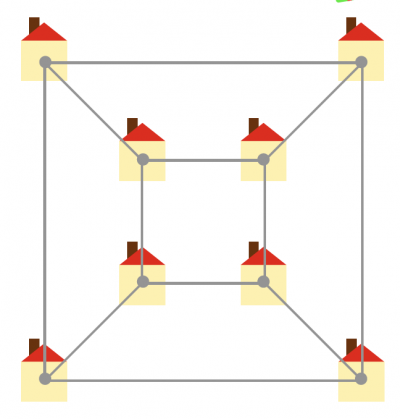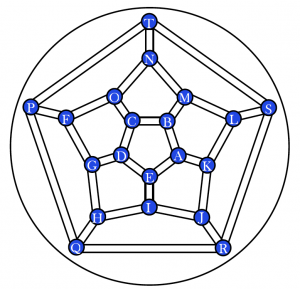Santa’s Path


Sir William Rowan Hamilton was born in Dublin, Ireland, in 1805 and died there in 1865 . He was a child prodigy, reportedly speaking a dozen languages before his teens. He wrote poetry and was friends with the great English poets William Wordsworth and Samuel Coleridge. Wordsworth, however, kindly advised him to concentrate on mathematics.
He was the royal astronomer for Ireland and worked and lived at Dunsink Observatory five miles north of Dublin city center. One day while walking along the Royal Canal in Dublin on his way to chair a meeting of the Royal Irish Academy he had a flash of inspiration and saw the solution of a problem that he had been working on for many years. Hamilton had been trying to extend the concept of complex numbers to higher dimensions. His solution became known as the quaternions.
The quaternions have experienced a resurgence in popularity in recent years with applications in many areas of mechanics, particularly in robotics and astronomy. However, it is their role in 3D animation in movies and computer games that has breathed new life into these equations. In a famous act of mathematical vandalism, Dr. Hamilton carved the equations of the quaternions on Broome Bridge on the Oct. 16, 1843. This famous event has been commemorated with a visit to the scene of the crime on the Oct. 16 for many years.

What’s behind? STEM tips
What’s behind? STEM tips
In a world based on this dodecahedral graph, a traveler must visit 20 cities, without revisiting any of them. Today, when such a trip makes a loop through all the vertices, or corners, of the graph, it is called a Hamiltonian tour (or cycle). When the first and last vertices in a trip are not connected, it is called a Hamiltonian path (or trail).






